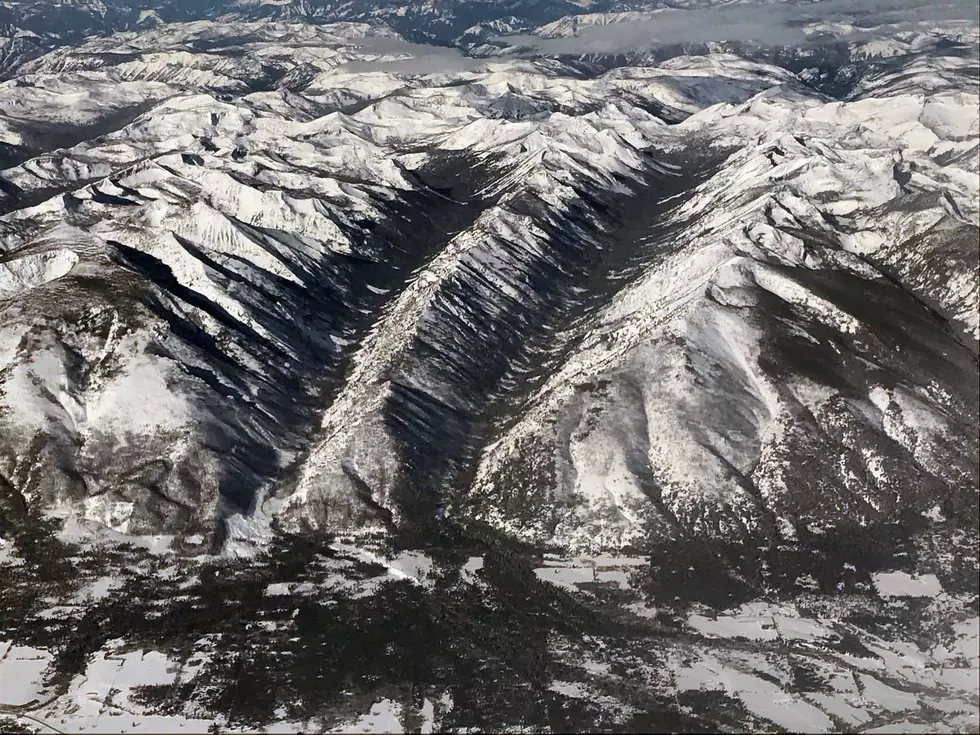
Bitterroot Forest launches second round of Lick Creek research
Laura Lundquist
(Missoula Current) One of the oldest forest research sites in the western U.S. is slated for another round of logging and burning to see how ponderosa stands respond to different treatments.
At the end of December, the Darby Ranger District of the Bitterroot National Forest published a decision on what treatments it would carry out this year in the Lick Creek Demonstration/Research Forest. The Lick Creek research site is in the eastern foothills of the Bitterroot Mountains north of Lake Como.
The proposal went out to public scoping in October and then District Ranger Abbie Jossie made her decision in December under a categorical exclusion that bypasses any further public comment. The exclusion is allowed because the project is being carried out for research purposes.
Research in the Lick Creek area goes back as far as 1909 when Gifford Pinchot initiated a project where foresters periodically took photographs until 1997 to document how wildfire exclusion affected the forest.
In 1991, the Bitterroot National Forest, University of Montana, and the Rocky Mountain Research Station Fire Sciences Laboratory initiated a research experiment near Lick Creek to explore a variety of treatment strategies to restore the historic ponderosa pine forest community and reduce fuel loads.
They created areas for evaluating three treatments - thinning, retention shelterwood, and single-tree selection cuttings - all with and without prescribed burning treatments. Some units were used as controls with no treatment. Treated units were logged in 1992 and half of the units were burned 1 to 2 years later.
Since then, researchers have studied numerous effects on the forest ecosystem, including forest structure and composition, understory vegetation responses, tree physiology, resistance to bark beetles, carbon storage, and fire hazard. Results have been published in six scientific journal articles between 2017 and 2021. They also established permanent photo points to document the change over time.
In 2015, the Joint Fire Science Program funded a re-measurement of the Lick Creek study plots for two of the studies, thinning and shelterwood. Based on the measurements, scientists concluded that treatments are most successful with a combination of cutting and burning strategies; one-time treatments are only effective short-term; and shade-tolerant Douglas fir tended to fill in the understory, so ponderosa pine would become less dominant without intervention.
But no additional cutting had been conducted in the area since 1991. Subsequently, in 2015, the thinning area had a second thinning and the units were remeasured in 2016 to capture the immediate effects post-logging.
The density of the trees in the retention shelterwood and single-tree selection units increased greatly over the 30 years since treatment, with heavy undergrowth and increased branch growth. The 1991 prescriptions called for periodic additional cuts and broadcast burns in the retention shelterwood to transition the units to uneven-aged stands of ponderosa pine.
The long-term plan for the selection-cut study was to repeat selection cutting at 25- to 30-year intervals, with and without additional broadcast burns, to sustain an uneven-age structure and regenerate ponderosa pine. Those sites with and without fire were finally measured in 2022. With that complete, additional cutting and prescribed burning in the uneven-aged and shelterwood studies were planned for 2024, and that is what prompted Jossie’s decision.
For more information, follow this link. Similar research is being carried out in the Blackfoot Valley at the Lubrecht Forest managed by the Montana Forest and Conservation Experiment Station.
Contact reporter Laura Lundquist at lundquist@missoulacurrent.com.
